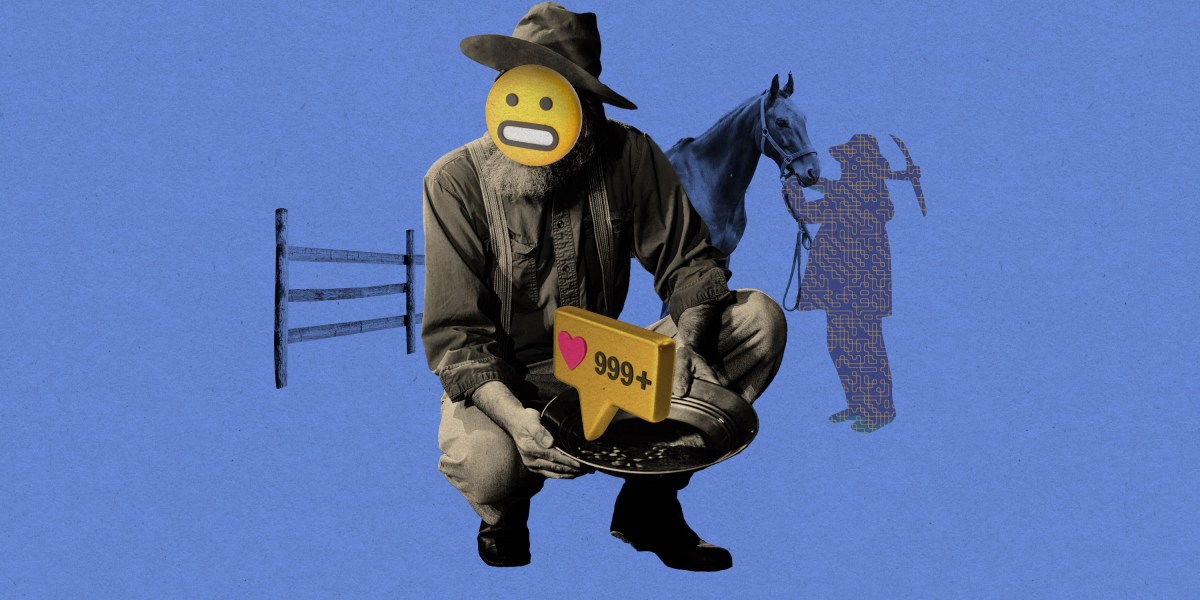
The reason for these outcomes is structural. The network effects of tech platforms push a few firms to become dominant, and lock-in ensures their continued dominance. The incentives in the tech sector are so spectacularly, blindingly powerful that they have enabled six megacorporations (Amazon, Apple, Google, Facebook parent Meta, Microsoft, and Nvidia) to command a trillion dollars each of market value—or more. These firms use their wealth to block any meaningful legislation that would curtail their power. And they sometimes collude with each other to grow yet fatter.
This cycle is clearly starting to repeat itself in AI. Look no further than the industry poster child OpenAI, whose leading offering, ChatGPT, continues to set marks for uptake and usage. Within a year of the product’s launch, OpenAI’s valuation had skyrocketed to about $90 billion.
OpenAI once seemed like an “open” alternative to the megacorps—a common carrier for AI services with a socially oriented nonprofit mission. But the Sam Altman firing-and-rehiring debacle at the end of 2023, and Microsoft’s central role in restoring Altman to the CEO seat, simply illustrated how venture funding from the familiar ranks of the tech elite pervades and controls corporate AI. In January 2024, OpenAI took a big step toward monetization of this user base by introducing its GPT Store, wherein one OpenAI customer can charge another for the use of its custom versions of OpenAI software; OpenAI, of course, collects revenue from both parties. This sets in motion the very cycle Doctorow warns about.
In the middle of this spiral of exploitation, little or no regard is paid to externalities visited upon the greater public—people who aren’t even using the platforms. Even after society has wrestled with their ill effects for years, the monopolistic social networks have virtually no incentive to control their products’ environmental impact, tendency to spread misinformation, or pernicious effects on mental health. And the government has applied virtually no regulation toward those ends.
Likewise, few or no guardrails are in place to limit the potential negative impact of AI. Facial recognition software that amounts to racial profiling, simulated public opinions supercharged by chatbots, fake videos in political ads—all of it persists in a legal gray area. Even clear violators of campaign advertising law might, some think, be let off the hook if they simply do it with AI.
Mitigating the risks
The risks that AI poses to society are strikingly familiar, but there is one big difference: it’s not too late. This time, we know it’s all coming. Fresh off our experience with the harms wrought by social media, we have all the warning we should need to avoid the same mistakes.
The biggest mistake we made with social media was leaving it as an unregulated space. Even now—after all the studies and revelations of social media’s negative effects on kids and mental health, after Cambridge Analytica, after the exposure of Russian intervention in our politics, after everything else—social media in the US remains largely an unregulated “weapon of mass destruction.” Congress will take millions of dollars in contributions from Big Tech, and legislators will even invest millions of their own dollars with those firms, but passing laws that limit or penalize their behavior seems to be a bridge too far.
We can’t afford to do the same thing with AI, because the stakes are even higher. The harm social media can do stems from how it affects our communication. AI will affect us in the same ways and many more besides. If Big Tech’s trajectory is any signal, AI tools will increasingly be involved in how we learn and how we express our thoughts. But these tools will also influence how we schedule our daily activities, how we design products, how we write laws, and even how we diagnose diseases. The expansive role of these technologies in our daily lives gives for-profit corporations opportunities to exert control over more aspects of society, and that exposes us to the risks arising from their incentives and decisions.
